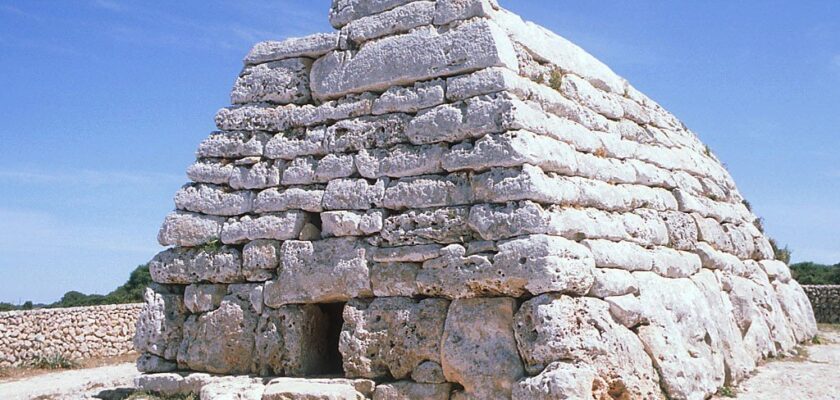Isle of Menorca
Menorca is a peaceful island of 702 square kilometers. For a long time it was in the shadow of the more spectacular Mallorca and Ibiza, but is now slowly winning in popularity. It was declared a nature reserve in 1993 due to its natural wealth.
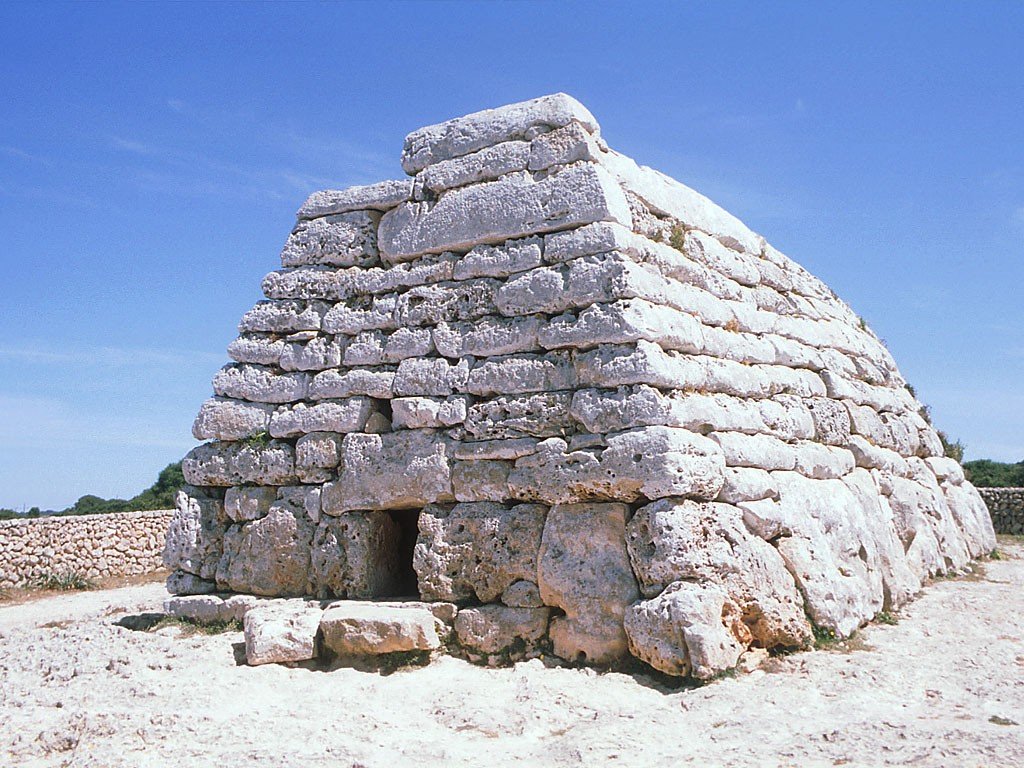
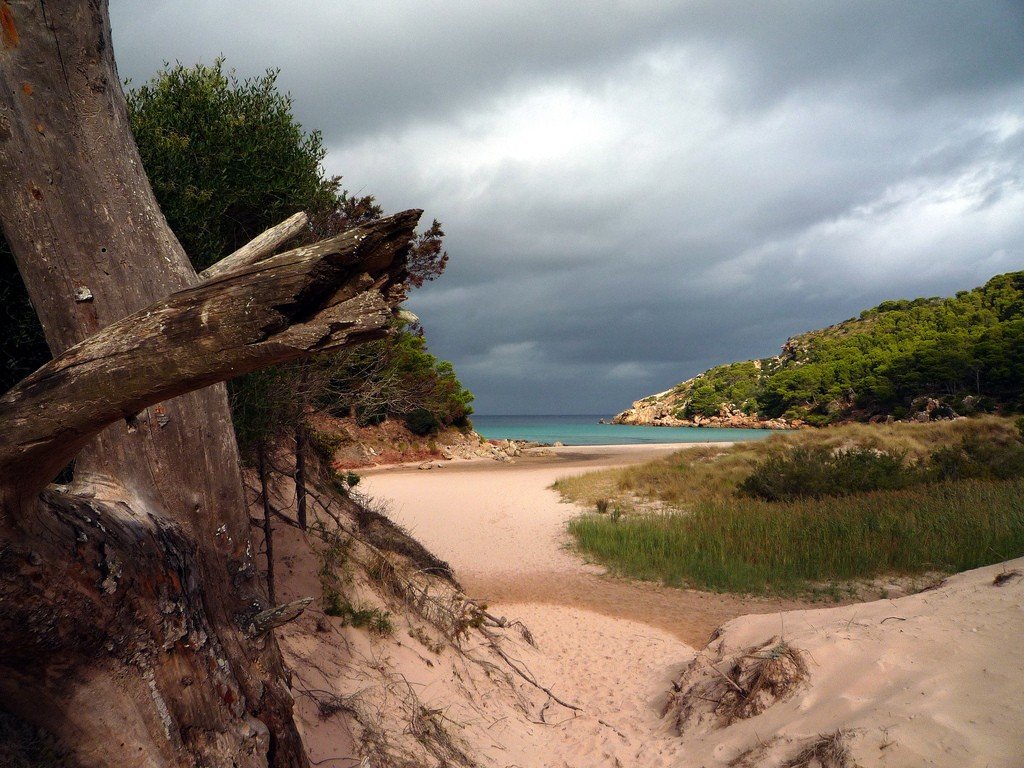
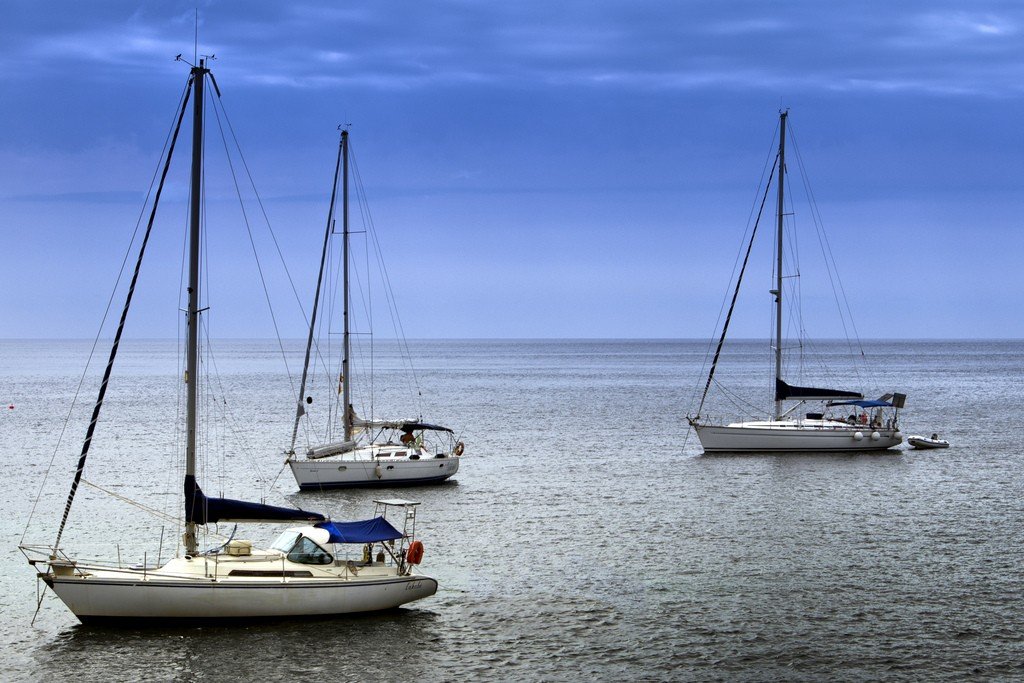
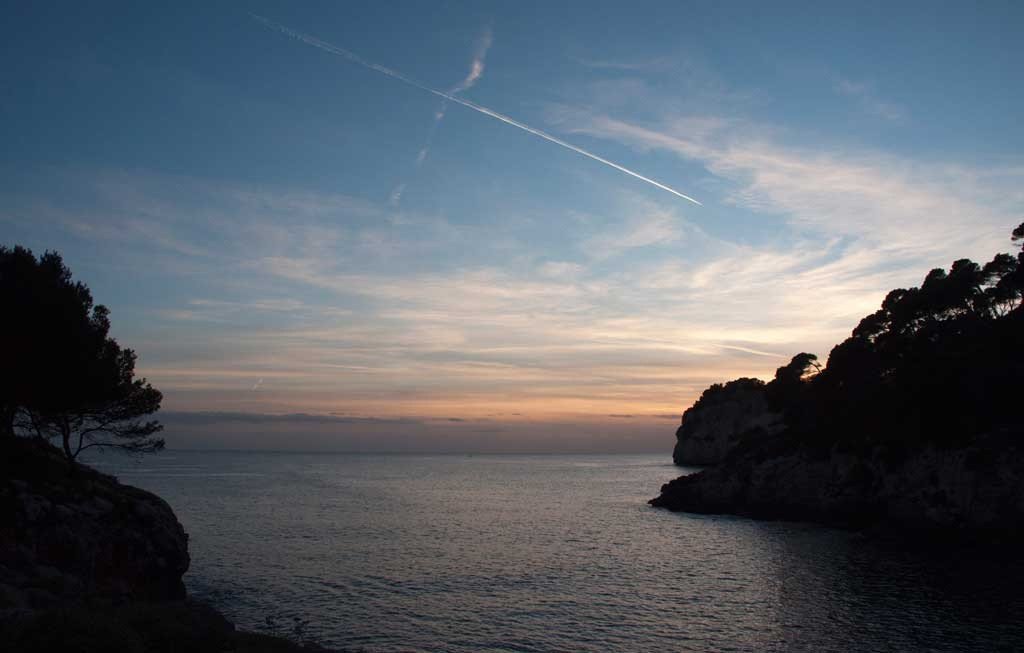
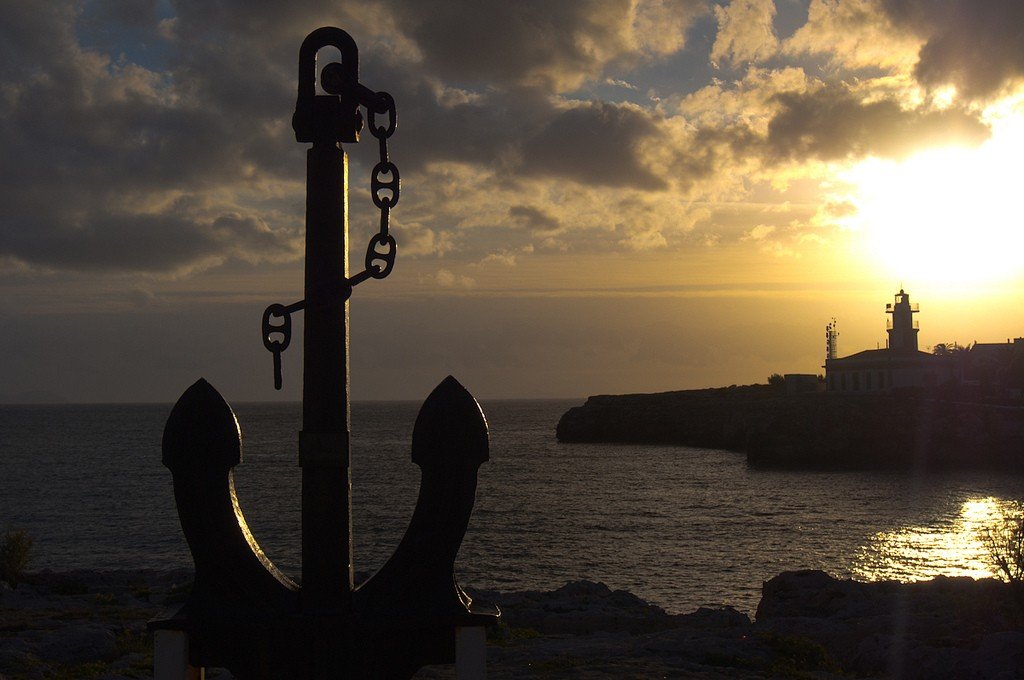
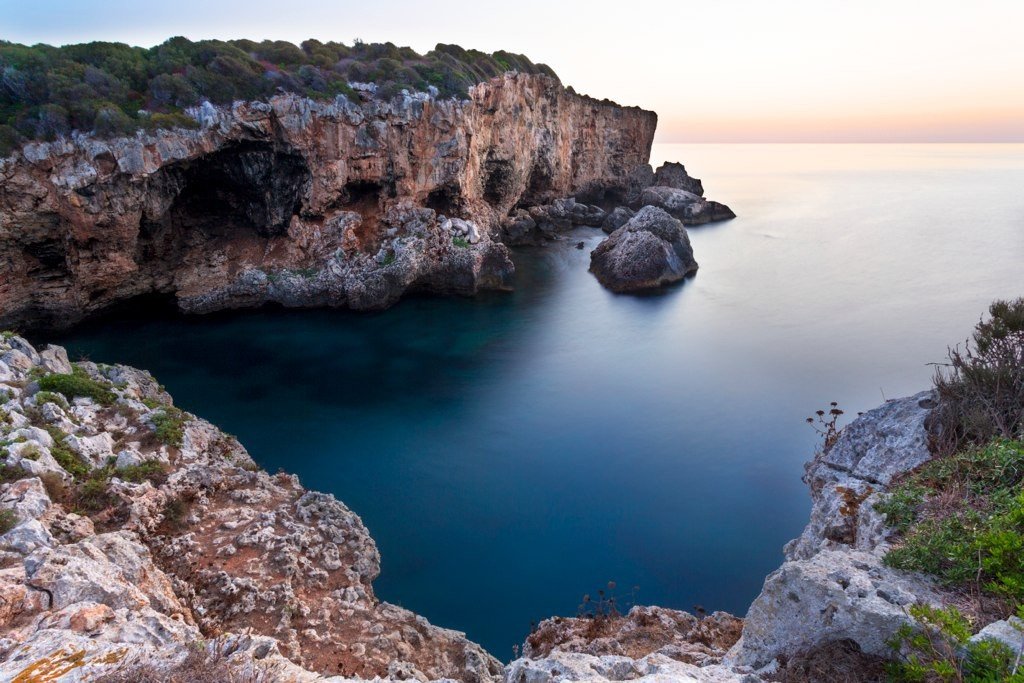
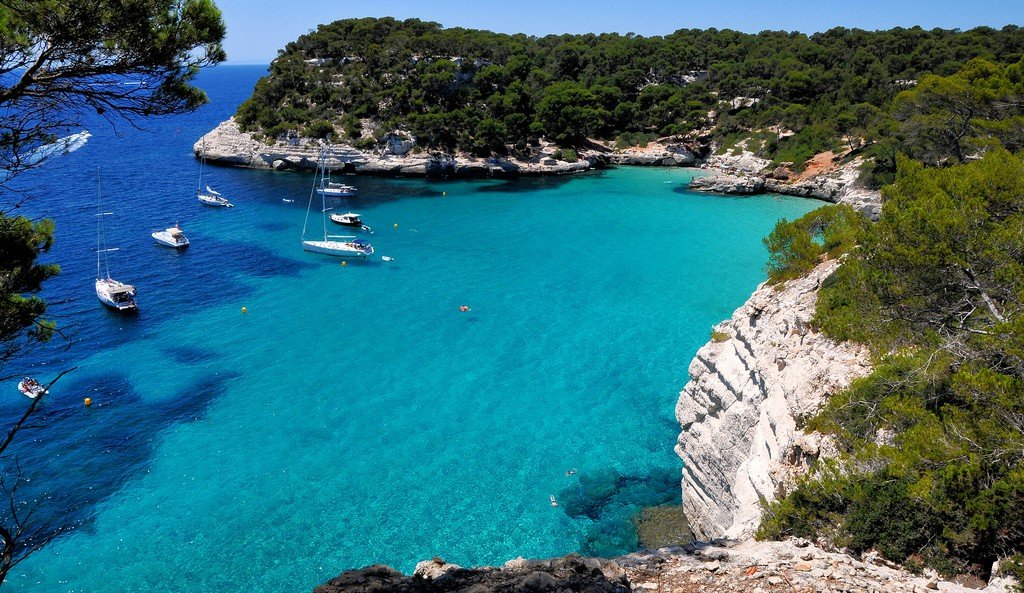
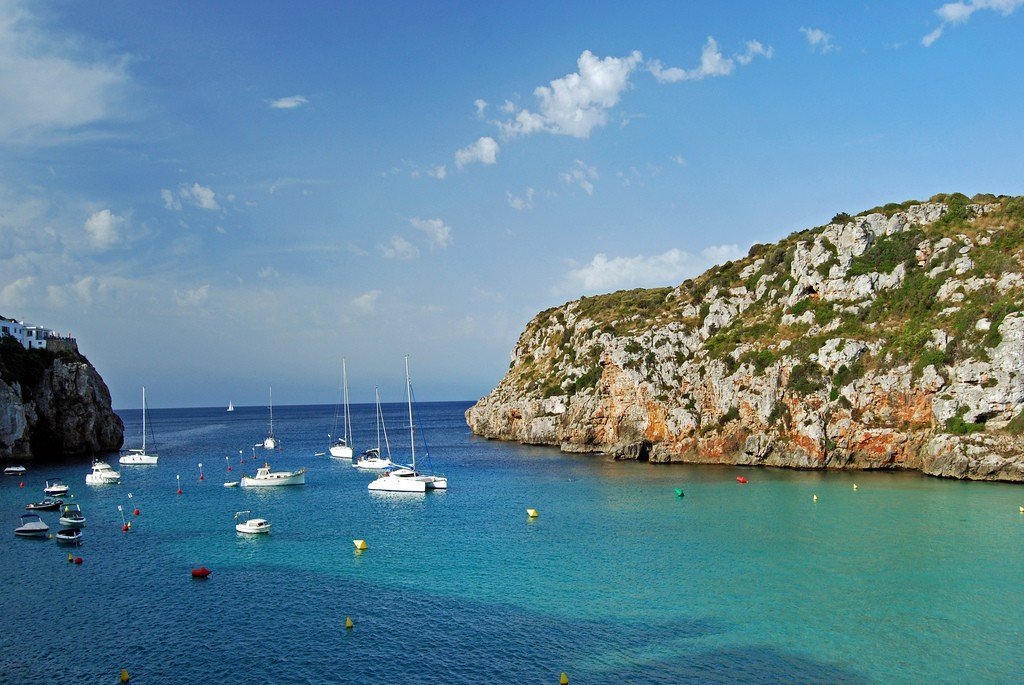
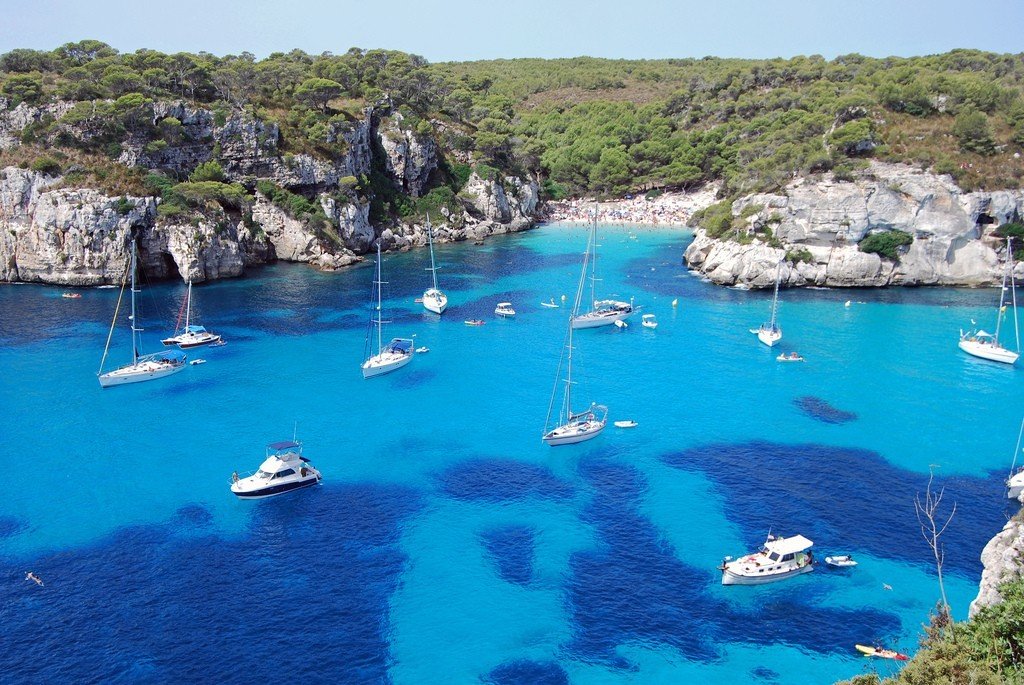
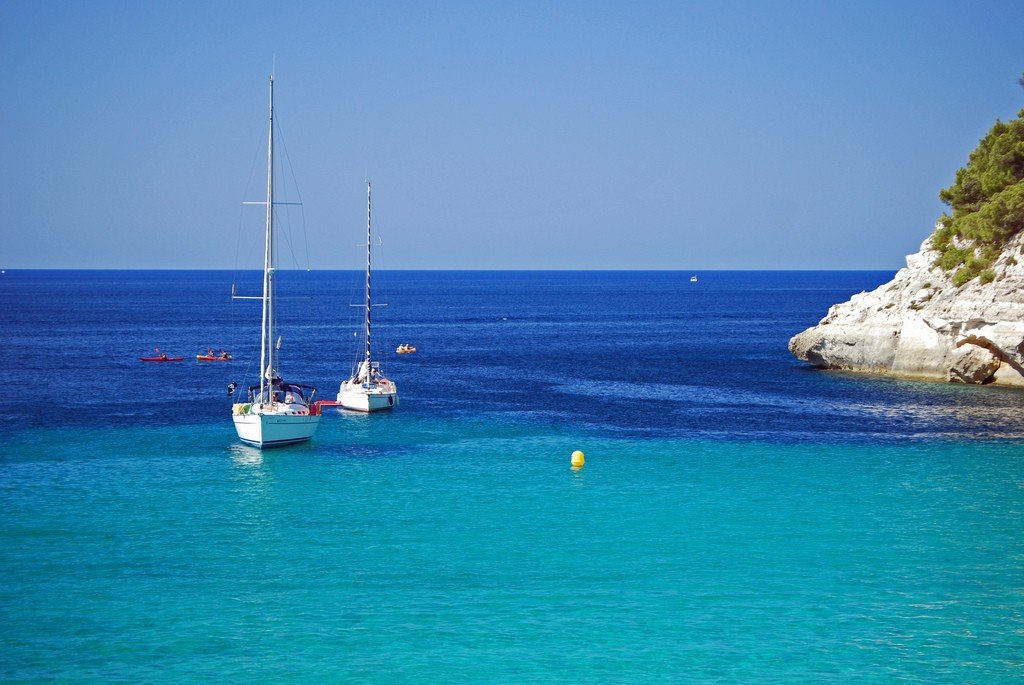
General information
The long history of the island of Minorca includes a century of British domination that has left a tangible mark on local cooking. North African couscous met English pudding here, and Mahon (Mao) became the birthplace of mayonnaise.
.
Menorca’s only drawback is the winds. The main town of Mahon (Mao) is located at the end of a 5-kilometer bay. Life here flows leisurely in the cafes and restaurants of the Plaza del Ejercito and further on, up to the Plaza de España, the streets are filled with stores. Traces of the British occupation of 1713-1802 are clearly visible in the old buildings. In the town of Es Castell, 3 km along the bay, is the well-preserved Fort Marlborough, which will give an idea of that time.
.
Significantly more important monuments of Menorca are the 500 megaliths scattered around the island. The three main types are considered to be talaiotes (conical stone mounds), taulas (T-shaped structures) and navettes (resembling an inverted boat). They date back to the 2nd millennium BC and probably served as altars and funerary structures. Two sites are particularly interesting: the village of Trepuco on the outskirts of Maona, where the taula is high, and Navetades Tudones, 5 km east of Ciutadella.
.The more beautiful sandy beaches are along the coves of the south coast and attract most of the tourists, but if you need privacy, from Ciutadella you can go to Son Saura, Cala en Turqueta, Es Talayer and Macarella.
.